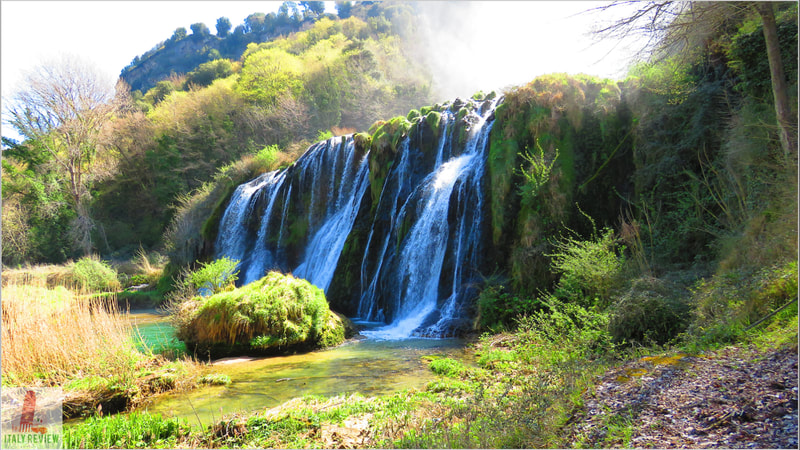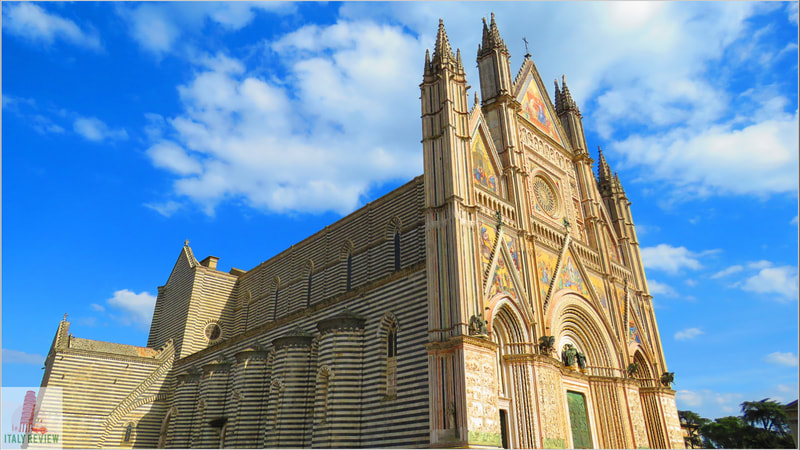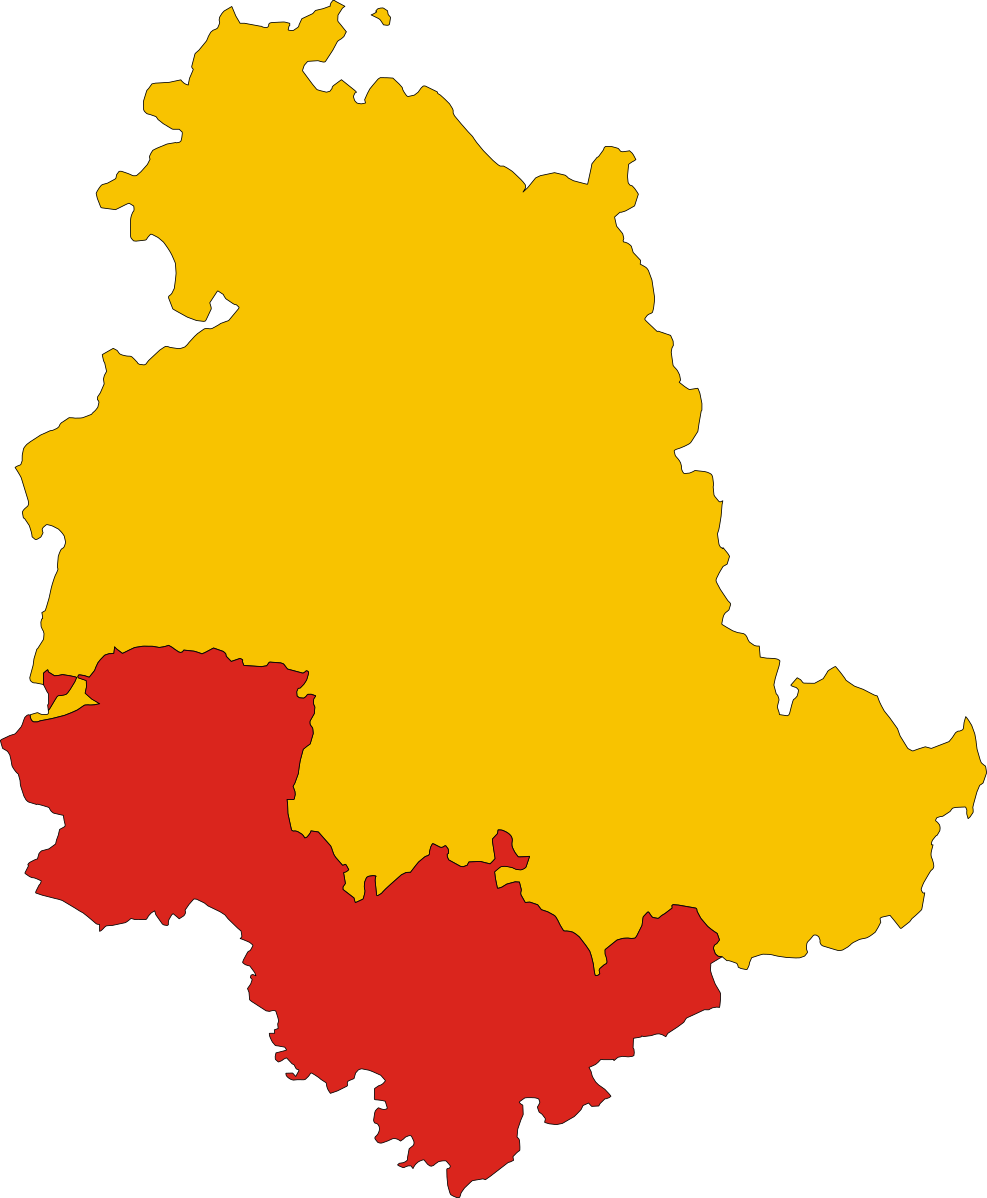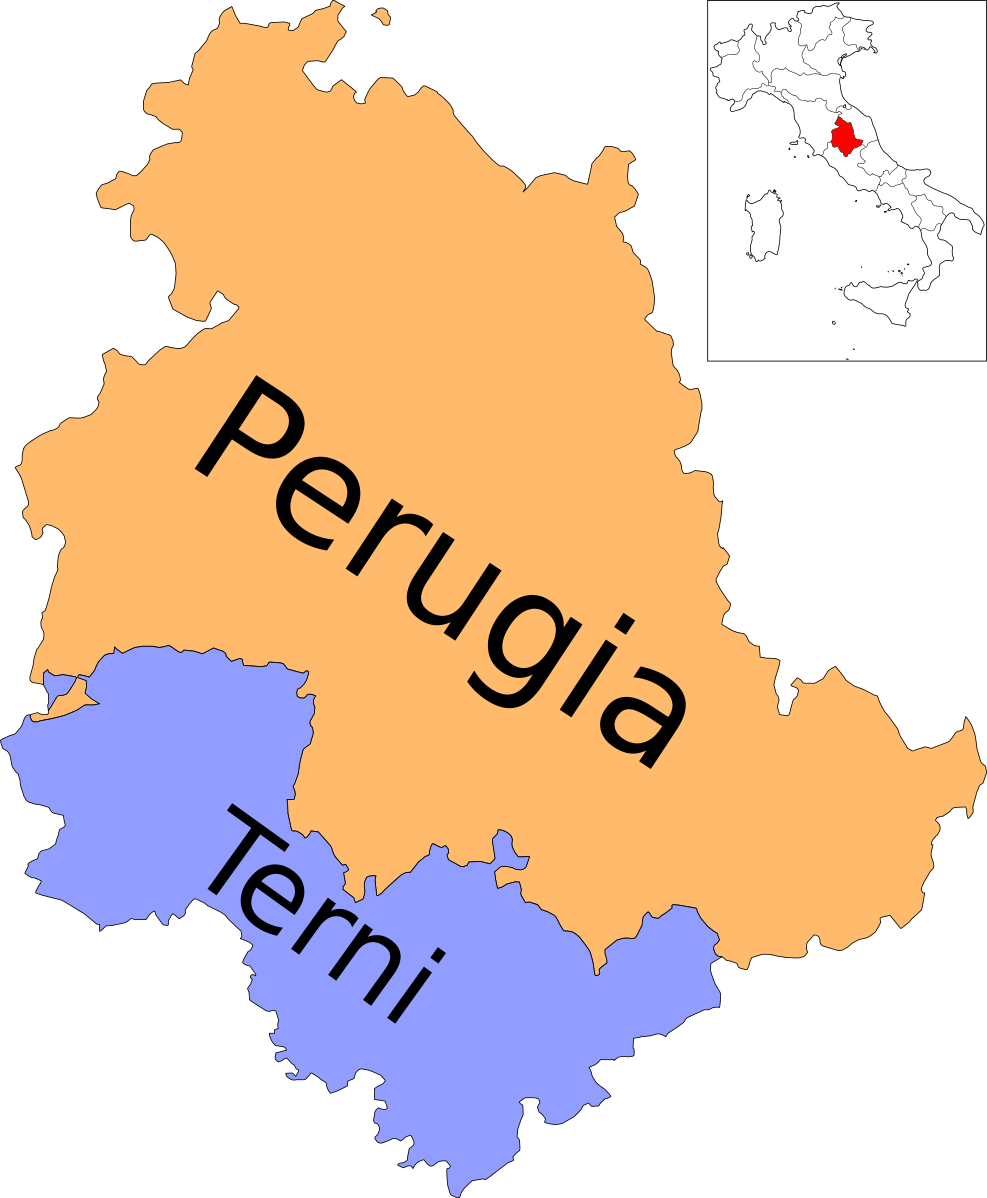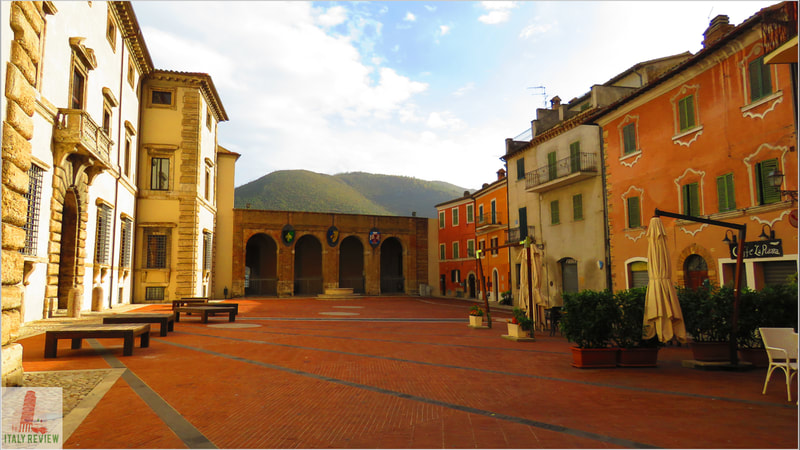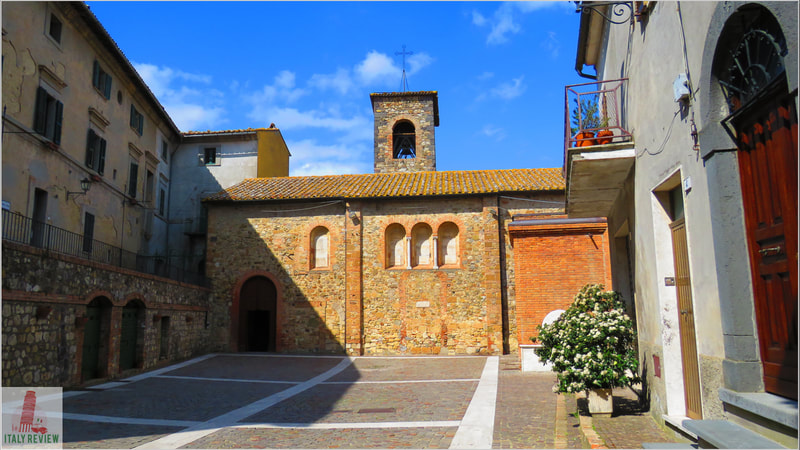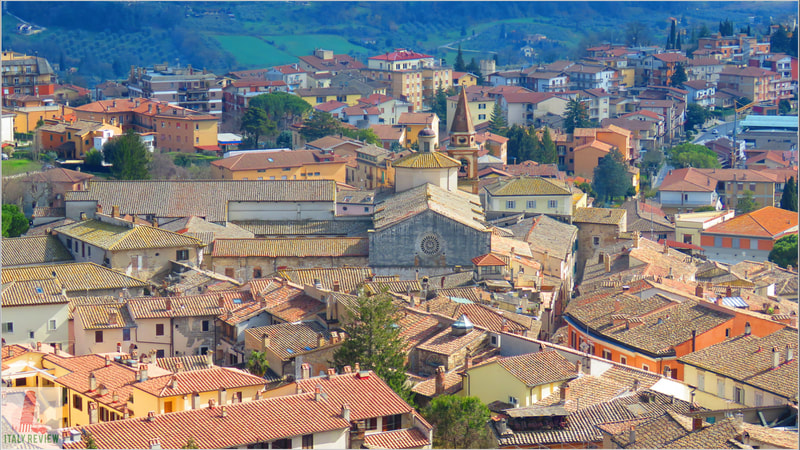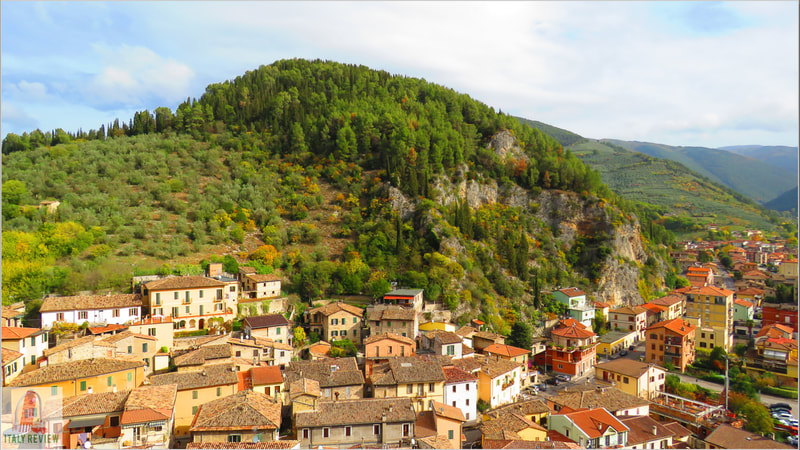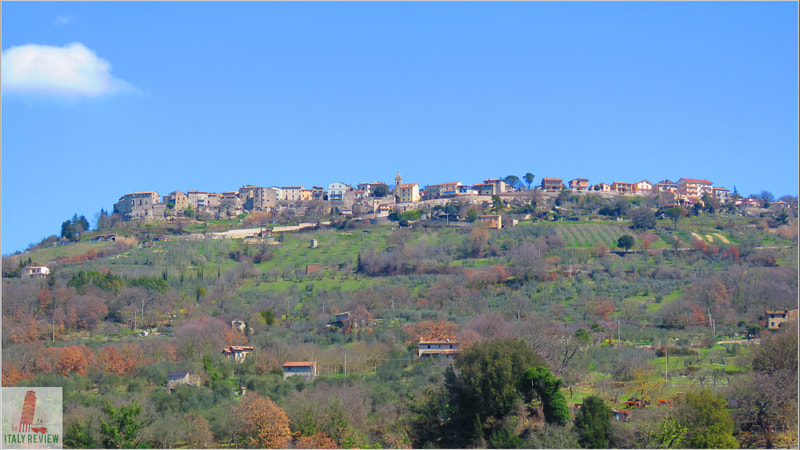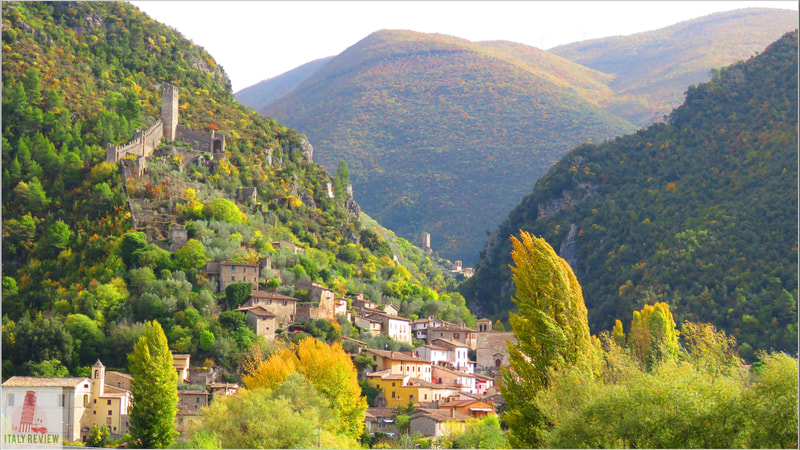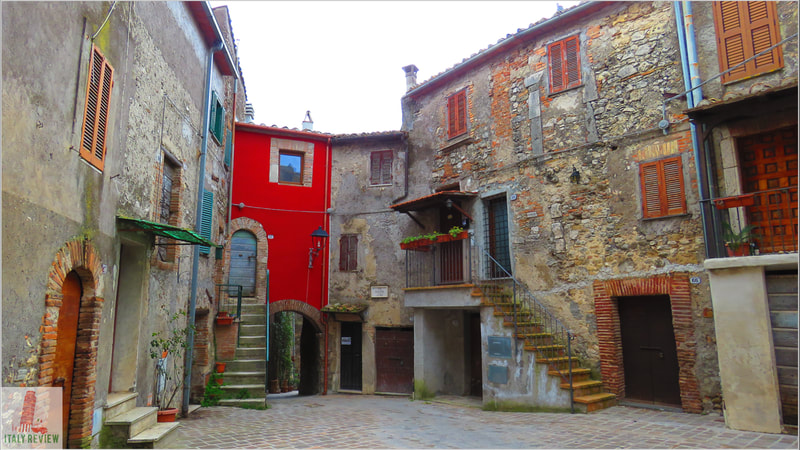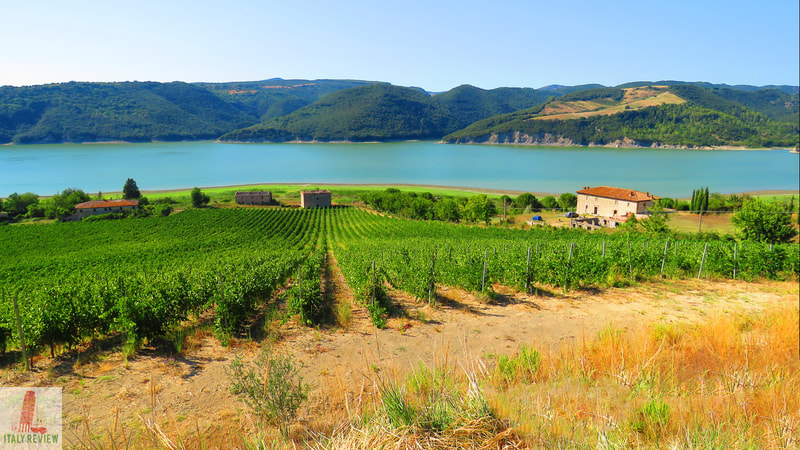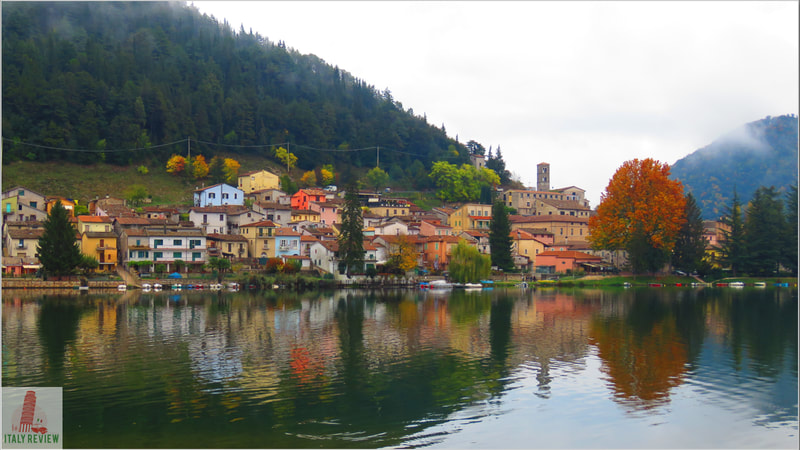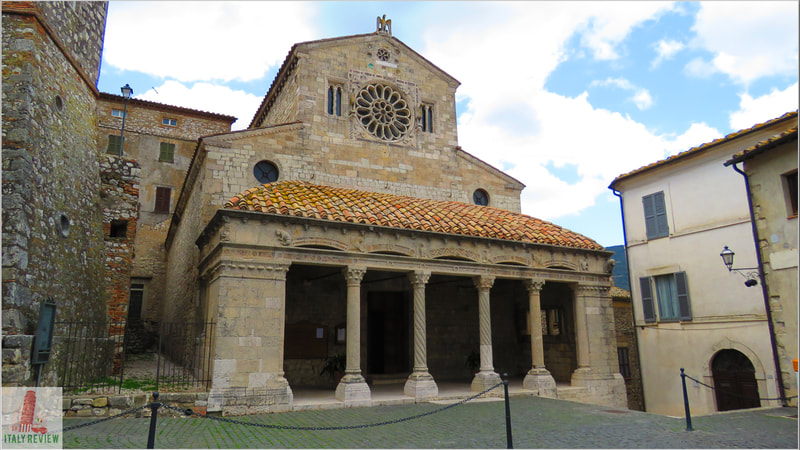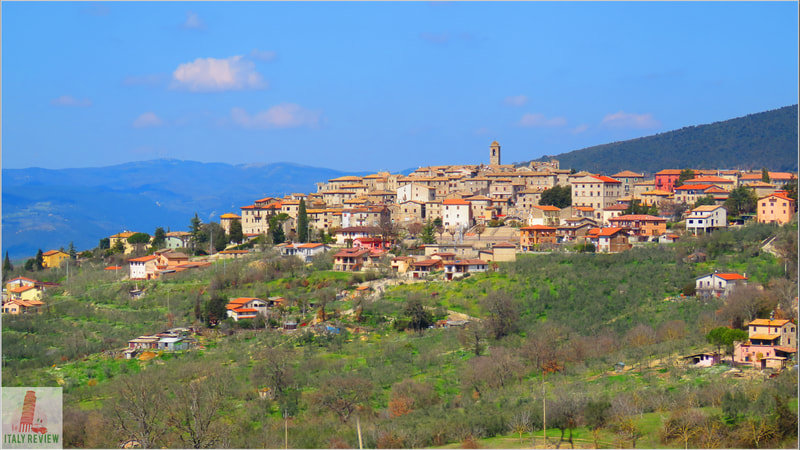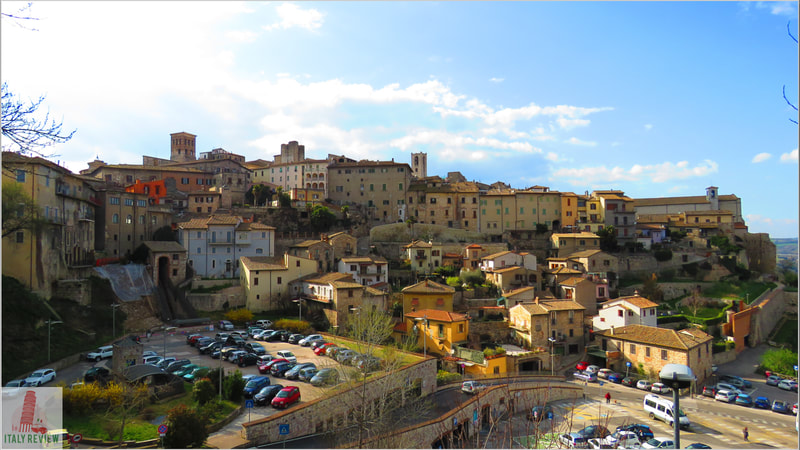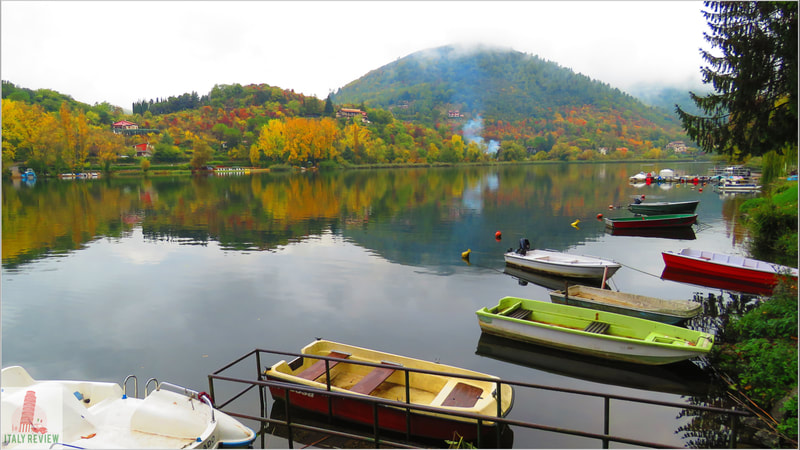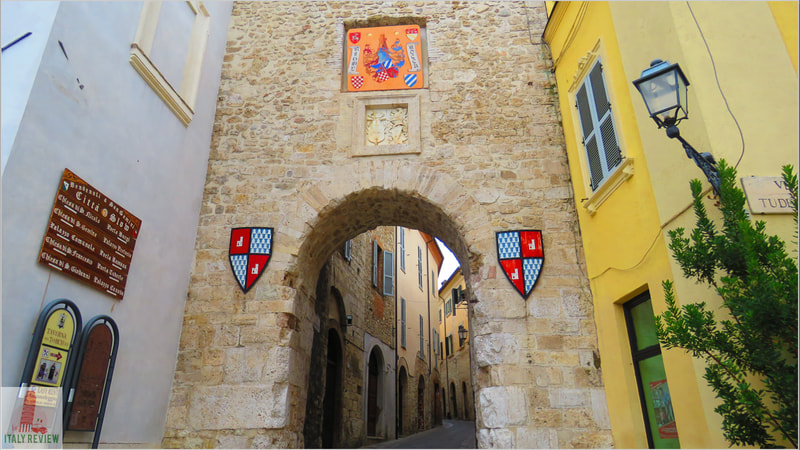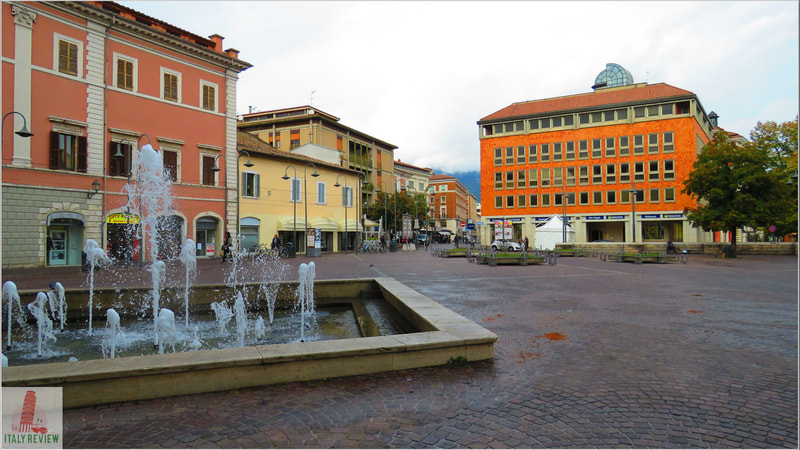Terni Province
|
By Dion Protani
|
Latest update: 24 November 2023
|
|
The Terni Province occupies a total geographical area of 2,127 square kilometres including the provincial capital: Terni.
Within the province there are 33 provincial towns, which contain a total population of around 225 thousand inhabitants. Among the highlights of the province are the hill town of Orvieto, the Marmore Falls, the lakeside town of Piediluco and Lake Corbara. |
Related links
Profile
Terni Province is a beautiful region located in the southern part of Umbria, Italy. Known for its stunning landscapes, historical sites, and rich cultural heritage, Terni Province offers visitors a diverse range of experiences.
History
Terni Province has a long and storied history that dates back to ancient times. It was an important Roman settlement known as Interamna Nahars during the Roman Empire. Throughout the Middle Ages, the province saw the rise and fall of various feudal lords and city-states, including the Papal States.
During the Industrial Revolution, Terni Province became a significant industrial center due to the establishment of steelworks and factories, playing a crucial role in Italy's modernization.
During the Industrial Revolution, Terni Province became a significant industrial center due to the establishment of steelworks and factories, playing a crucial role in Italy's modernization.
Highlights
- Cascata delle Marmore: One of the most famous attractions in Terni Province is the Cascata delle Marmore, a magnificent man-made waterfall formed by the ancient Romans. Surrounded by lush greenery, it is one of the tallest waterfalls in Europe and offers breathtaking views and opportunities for outdoor activities like hiking and picnicking.
- Narni: The charming town of Narni, located in Terni Province, is steeped in history and folklore. It is famous for its medieval architecture, narrow alleys, and the imposing Narni Underground, an intricate network of tunnels and caves that date back to ancient times.
- Amelia: Another notable town in the province is Amelia, known for its ancient city walls, Roman ruins, and well-preserved medieval architecture. The town's historic center is a joy to explore, with its picturesque streets and piazzas.
- Orvieto: While technically part of the neighboring province of Terni, the stunning city of Orvieto is within easy reach and is a must-visit destination. Its magnificent cathedral, impressive Etruscan ruins, and underground caves make it a fascinating place to explore.
- Marmore Caves: Apart from the waterfall, the Marmore Caves are another fascinating geological attraction in the province. They are a series of underground caverns and chambers formed over thousands of years.
- Rich Cultural Heritage: Terni Province boasts numerous historical and archaeological sites, including Roman ruins, medieval castles, and ancient churches. History enthusiasts will find plenty to explore and learn about the region's past.
- Gastronomy: Terni Province is renowned for its traditional Umbrian cuisine, featuring dishes like pasta, truffles, cured meats, and hearty soups. The local wines, particularly those from the nearby Montefalco region, are also worth trying.
- Natural Beauty: The province is characterized by its lush countryside, rolling hills, and picturesque valleys, making it an ideal destination for nature lovers and outdoor enthusiasts.
Provincia di Terni

